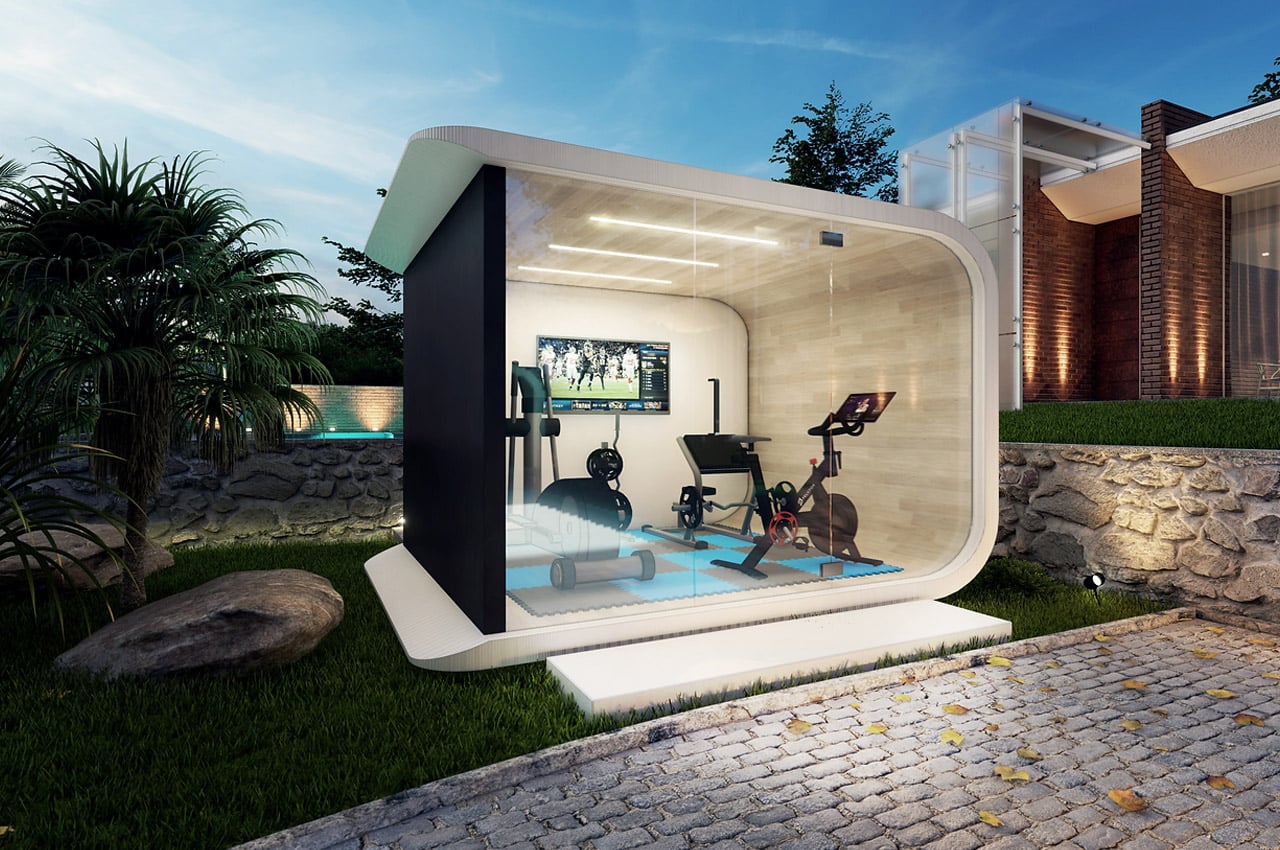Architectural design is a captivating blend of art and science that shapes the spaces we inhabit, reflecting both our cultural values and our aspirations. From ancient masterpieces to modern marvels, the evolution of architecture showcases how innovation and imagination can give rise to structures that are not only functional but also aesthetically stunning. With each new building, architects tell a story, forging connections between the environment, the community, and the individual.

In today's rapidly changing world, the role of architectural design takes on new significance. As we face challenges such as urbanization, sustainability, and technological advancement, architects are called upon to innovate and adapt. The interplay between creativity and practical considerations makes architectural design a dynamic field, where every blueprint represents a unique vision of beauty and purpose. This article explores the principles and inspirations behind architectural design, highlighting the artistry and innovation that continue to shape our built environment.
The Essence of Architectural Aesthetics
Architectural aesthetics encompasses the visual appeal and emotional resonance of buildings and structures. It reflects not only the artistic vision of designers but also the cultural values and historical context of a place. Every element, from the choice of materials to the overall form, contributes to a building’s character, influencing how it is perceived by those who interact with it. The integration of beauty and functionality is essential, as a well-designed space should evoke feelings of harmony and balance while serving its intended purpose.
The interplay between light, space, and texture is vital in creating memorable architectural experiences. Light can transform a mundane structure into something extraordinary, highlighting details and creating dynamic moods throughout the day. Similarly, the use of various materials adds depth and interest, allowing for a unique tactile experience. Architects must consider how these elements harmonize to enhance the aesthetic value, making sure that every design choice serves both beauty and utility.
Ultimately, the essence of architectural aesthetics lies in its ability to tell a story. Each design is a narrative woven from the threads of culture, environment, and community. Great architecture does not merely exist; it engages with its surroundings and invites individuals to partake in its experience. By bridging the gap between art and innovation, architectural design shapes our perceptions of space and contributes to the fabric of our built environment.
Innovative Techniques in Modern Design
The evolution of architectural design has been significantly influenced by innovative techniques that push the boundaries of creativity and functionality. One of the most notable advancements is the integration of parametric design software, which allows architects to create complex geometries and unique structural forms that were previously unattainable. This technology enables designers to manipulate parameters easily, resulting in dynamic buildings that adapt to various environmental and spatial conditions. As a result, modern architecture increasingly reflects a marriage of art and technology, with structures that are as beautiful as they are functional.
Sustainability has also become a cornerstone of modern architectural design, driving the development of eco-friendly techniques and materials. Architects are now using innovative solutions such as green roofs, solar panels, and rainwater harvesting systems that not only reduce the ecological footprint of the buildings but also enhance their aesthetic appeal. By incorporating biophilic design principles, spaces are transformed into harmonious environments that promote well-being and connectivity to nature. This shift towards sustainability not only benefits the environment but also reflects the values of contemporary society, where the preservation of resources is a fundamental concern.
Moreover, the rise of 3D printing technology is revolutionizing the way structures are built. This technique allows for the quick and efficient creation of complex components, reducing waste and minimizing construction time. Architects can now prototype and visualize their ideas more effectively, leading to greater innovation in form and structure. As 3D printing becomes more accessible, it opens up new possibilities for customization, enabling personalized spaces that cater to individual needs and preferences. This blend of creativity, sustainability, and advanced technology is setting the stage for a new era in architectural design , where beauty and innovation go hand in hand.
Sustainable Architecture for Future Generations
Sustainable architecture is not merely a trend; it represents a crucial shift in how we approach the built environment. As the world grapples with climate change and resource depletion, architects are rethinking traditional design principles to create structures that harmonize with nature. This involves using eco-friendly materials, incorporating renewable energy sources, and designing buildings that reduce energy consumption. The goal is to create spaces that not only meet the needs of the present but also ensure a healthier planet for future generations.
A significant aspect of sustainable architecture is the emphasis on efficiency. By maximizing natural light and ventilation, architects can minimize reliance on artificial heating and cooling. Features such as green roofs, rainwater harvesting systems, and energy-efficient appliances are integral to this approach. Additionally, sustainable materials like bamboo, recycled steel, and reclaimed wood are increasingly being utilized, reducing the environmental footprint of new constructions while promoting resource conservation.
Community engagement also plays a vital role in sustainable architectural design. Innovative projects often involve input from local residents to reflect their needs and values. This collaborative approach fosters a sense of ownership and connection to the built environment, which is essential for the longevity of these structures. By prioritizing both ecological and social sustainability, architects are paving the way for a future where beauty, functionality, and environmental stewardship coexist harmoniously.
